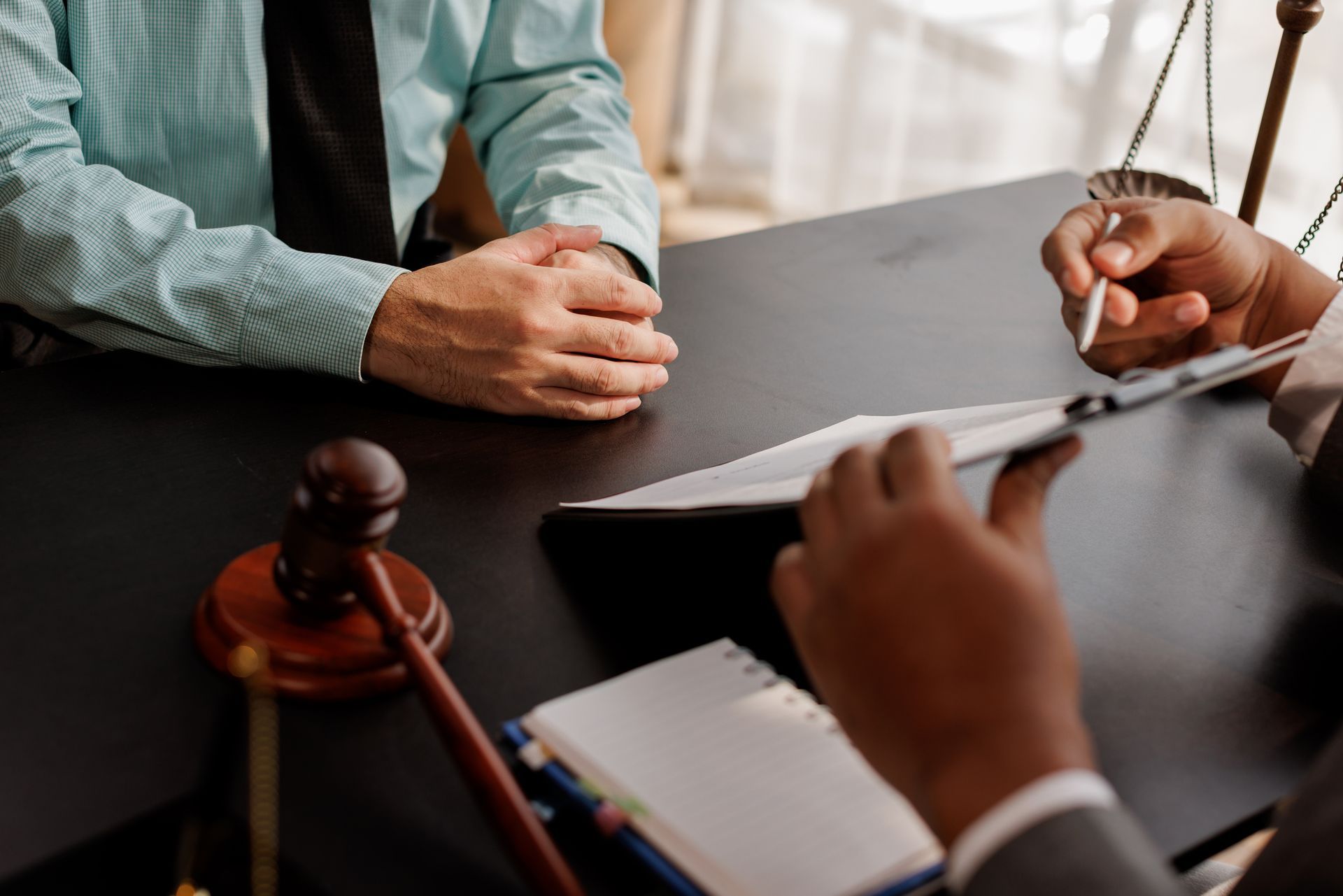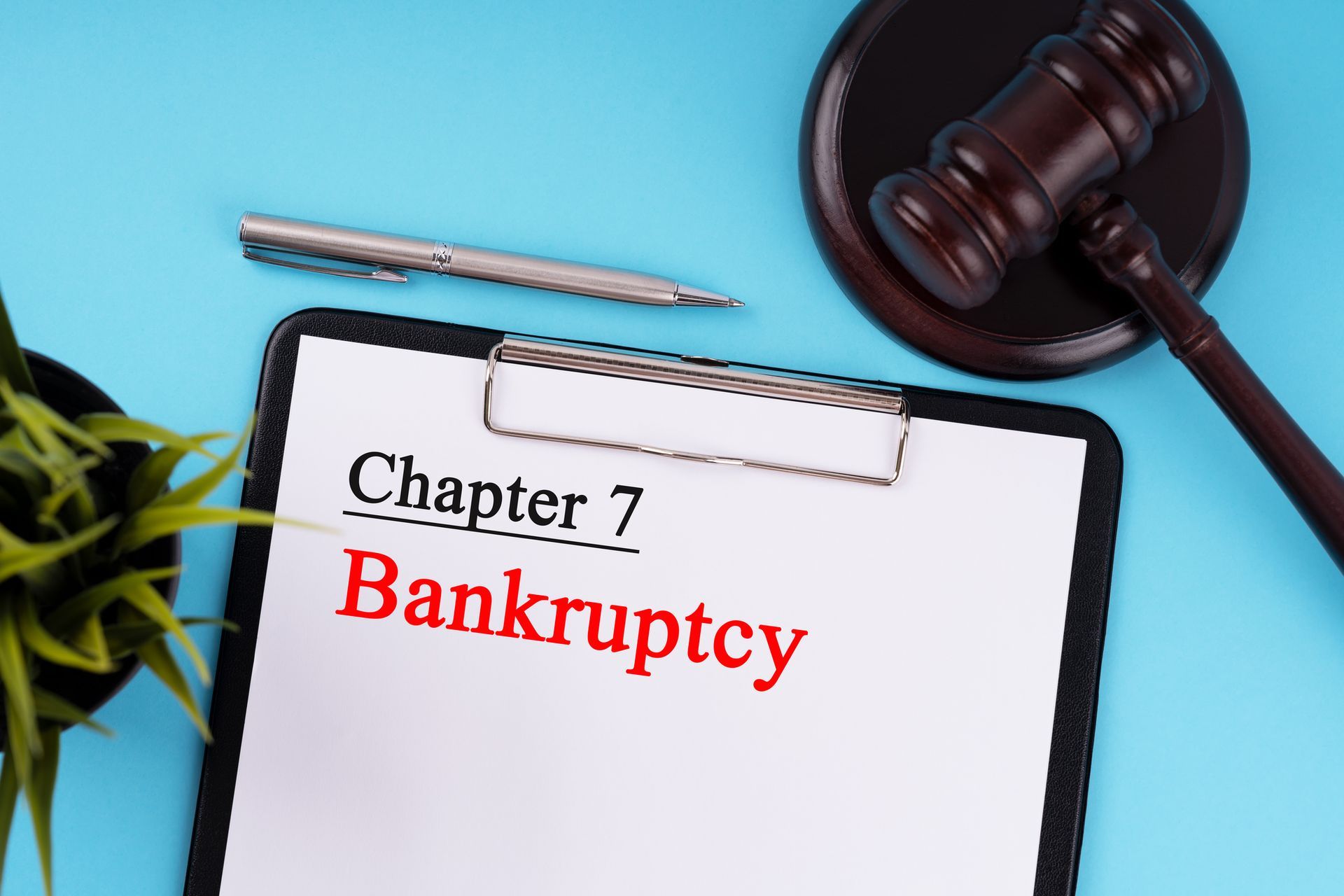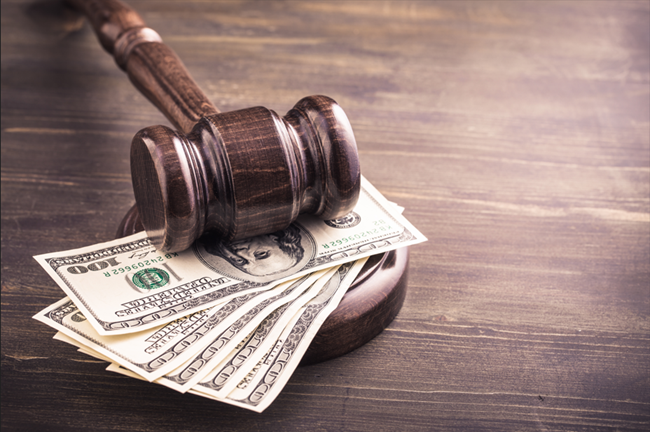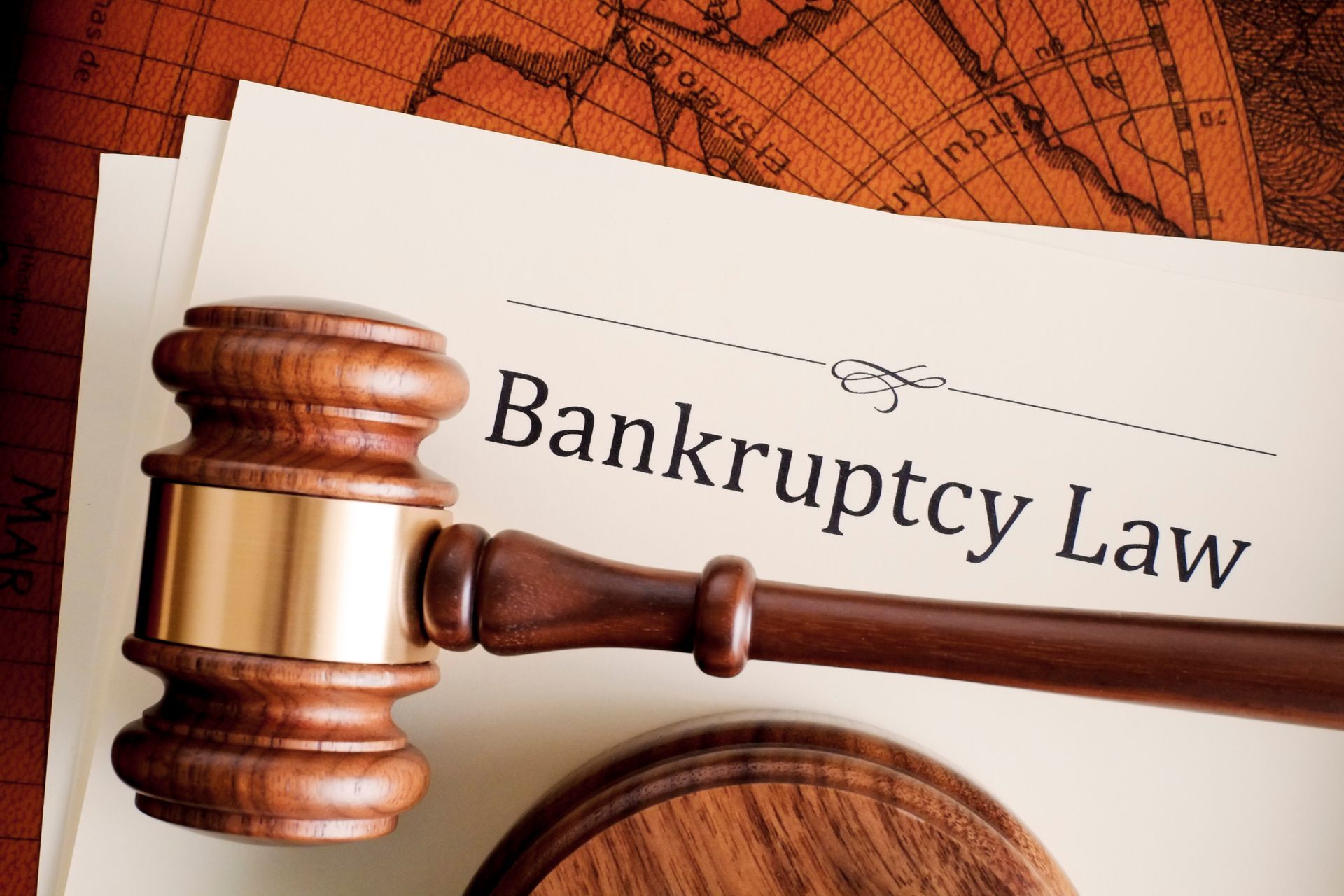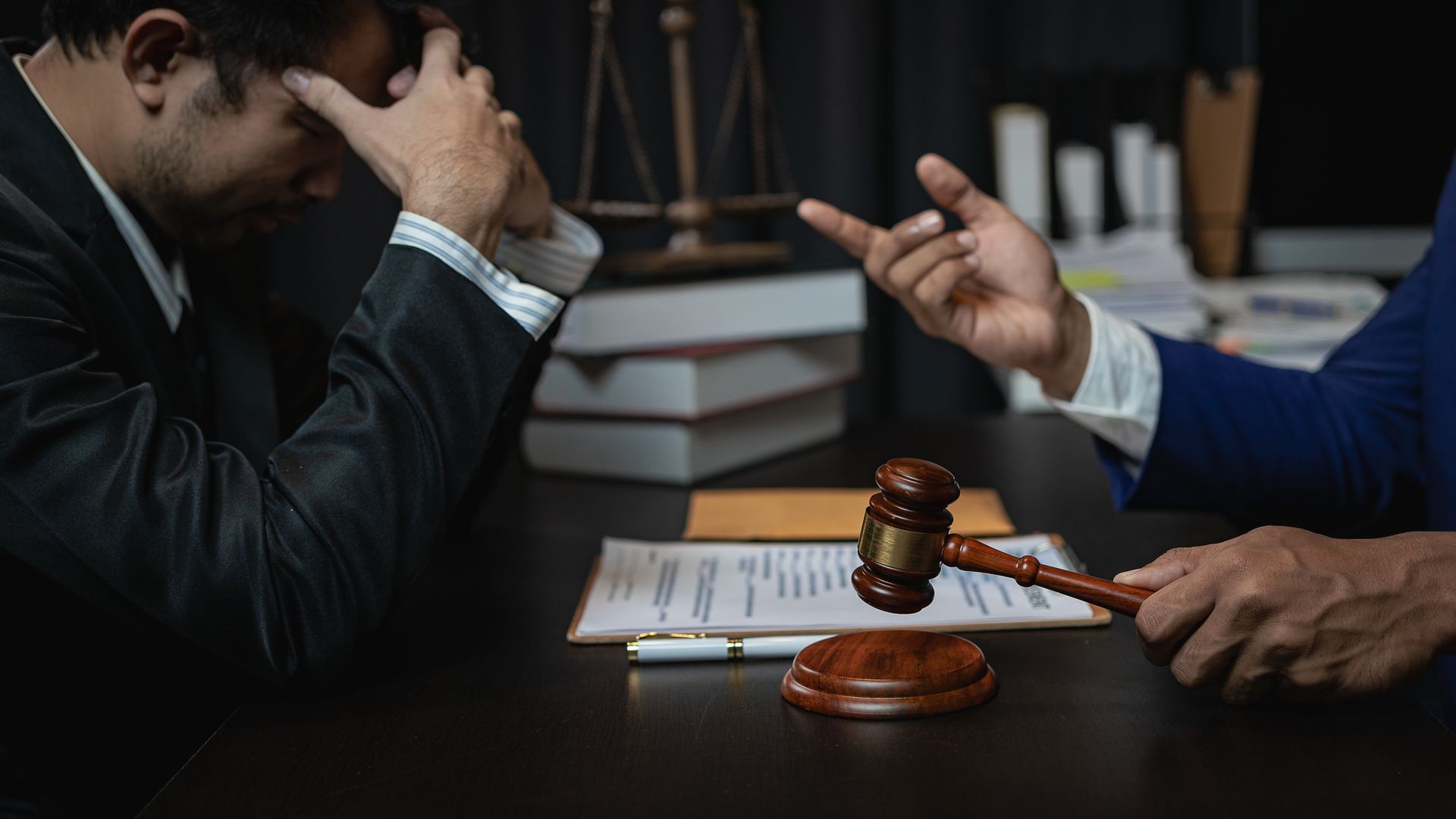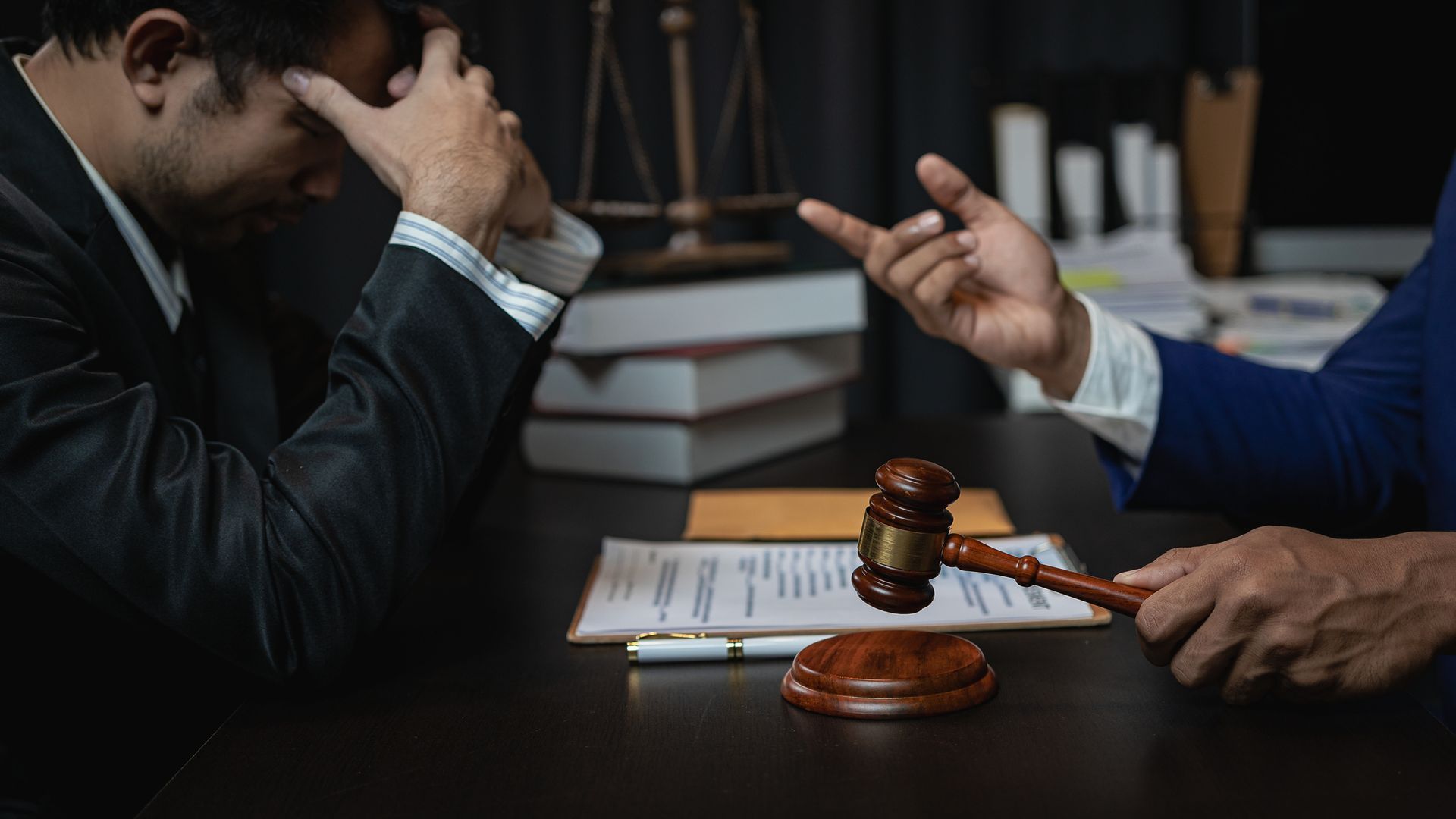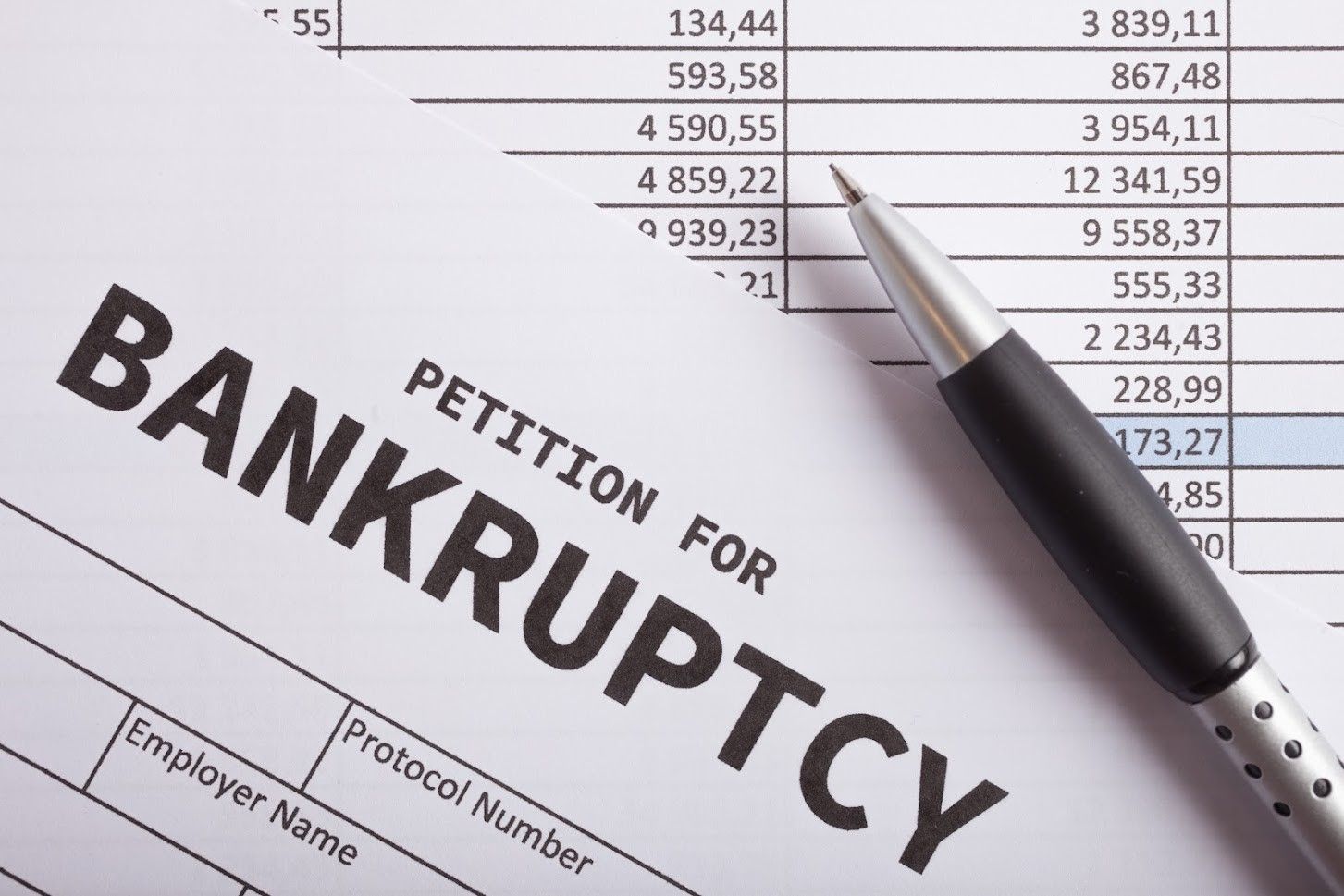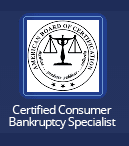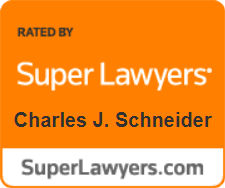The Endgame — 4 Key Elements of Exiting Your Bankruptcy
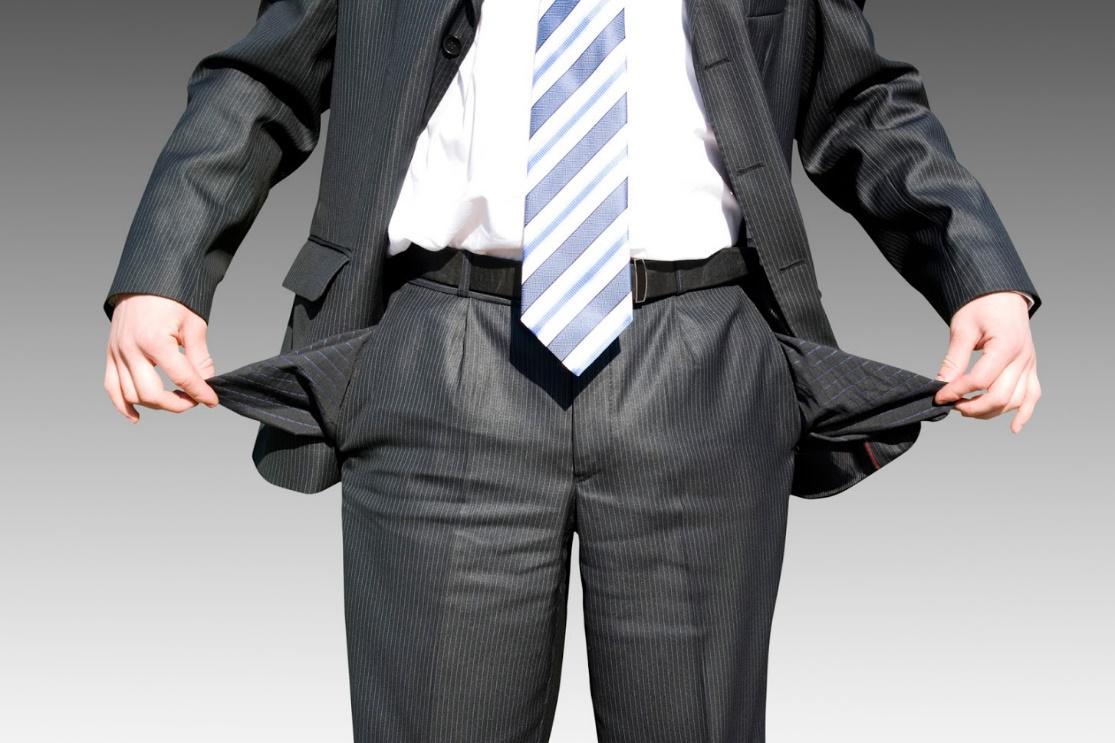
The beginning of any bankruptcy petition is one chapter on your journey toward a freer, more stable, and less stressful financial life. But the end of that legal case is a whole different matter. This is a fresh start, a clean slate upon which you can now begin to write your future.
So, what can you expect as you finish your bankruptcy filing? Here are four key aspects to look forward to and to prepare for.
1. The Discharge Letter
The discharge letter is what most people would think of as the end goal of the bankruptcy. It is the legal statement ordering creditors to cancel your debt and briefly discussing your rights under this legal protection. The letter doesn't list all the debts individually, but it does include enough information that most debtors will understand what action to take.
The court sends your discharge letter to all relevant parties, including your creditors, but you should also keep a copy handy in case you need to refer to it. This is an easy document to provide when necessary, and it includes the relevant case number and discharge date.
2. The Final Decree
While it's probably the most vital part of the petition to you, the discharge letter isn't actually the end of the case. The final decree is what truly closes your case. After the court issues your discharge, they send a copy to the trustee. The trustee will then file with the judge to close the case itself. This closure will most likely be the final step for you in court.
Nothing is completely certain until the bankruptcy court issues a final decree. This often happens without further delay, but there are sometimes legal objections raised that prolong the ending. A creditor, for instance, might object to their debt being included in the forgiveness or the court may need to pursue legal channels to free up an asset for your case.
3. Re-Opening the Case
The court does retain the right to re-open your case if a need arises during a set time frame (usually one year). If someone discovers something new that could affect your case — such as a financial asset that you could use to satisfy more of the debt — the judge may need to delve back into the case. If this happens, work closely with your attorney and cooperate with the court for the quickest resolution.
4. Your Future Defense
Unfortunately, a person who found legal relief through bankruptcy may still face future questions. Unscrupulous debt collectors may attempt to force you to pay a debt that was included in the bankruptcy filing. A collector who has purchased debt from other organizations may claim not to be aware of the bankruptcy discharge. And errors might cause a debt to appear as current in certain documents, such as your credit report.
Because of these possibilities, maintain diligence about your credit and your obligations. Talk to your attorney about how to use the discharge letter to ward off illegal attempts to collect. Keep your bankruptcy legal team on your side in case you need more professional help countering an old debt claim. And check your credit history as well as all accounts regularly to look for trouble.
When you know what to expect as you emerge from bankruptcy, you can navigate the process with more confidence and certainty. And that bright future is what bankruptcy protection is all about restoring to your life. For more answers, contact the legal professionals at Charles J Schneider PC today. Let us help you understand your particular case and how it can be resolved quickly and satisfactorily.

